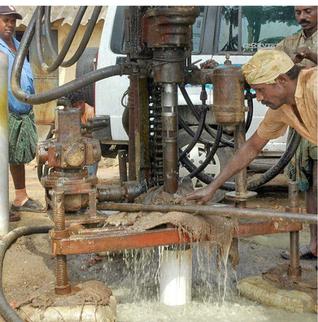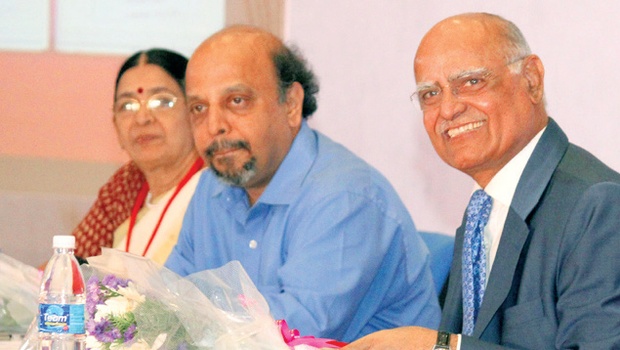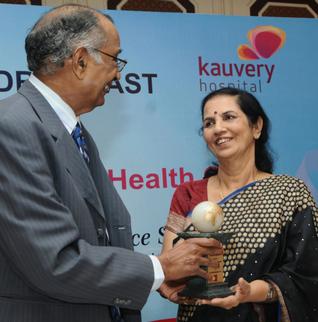Chennai :
Gandhigram Trust has come to the aid of 27 households in Meenatchi Oothu village in Dindigul district, living without electricity for many years.
The village, situated in a mountainous region, has been without any source of power. Currently, the villagers are using kerosene lanterns after sunlight. With infrastructure for regular source of power needing more funds, the trust approached the Hyderabad-based National Institute of Rural Development to supply free solar lanterns to the households. They will be distributed in the village on Friday.
“There are around 150 people in the village and there is no infrastructure to set up a transformer and a power system. This is due to paucity of funds as the panchayat’s net revenue is only Rs 35,000 annually. This is when Gandhigram through NIRD offered to supply solar-powered lanterns,” said village panchayat president M C Ratnakumar.
With extra funds from the district administration, we were able to provide a borewell, solving the drinking water problem in the village. However, electricity remained a dream for the villagers until a few days ago, said Ratnakumar.
The Gandhigram Trust sent a team to assess the conditions in the village and then approached the NIRD with a proposal to substitute kerosene lanterns with solar.
“Our water and sanitation team conducted a baseline survey in the village. After this, we approached the NIRD for distribution of solar lanterns free of cost,” said trust secretary K Shivakumar.
The households are involved in cultivation of pepper and the trust is planning to source solar dryers from the institute in the coming months.
“The solar dryers cost around Rs 7,000 to 8,000 per piece. We have approached the institute for free distribution of the dryers in the coming months,” said Shivakumar.
source: http://www.timesofindia.indiatimes.com / The Times of India / Home> City> Madurai / by B Sivakumar, TNN / October 30th, 2014


